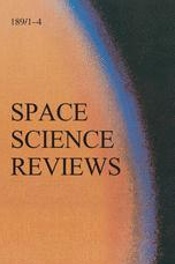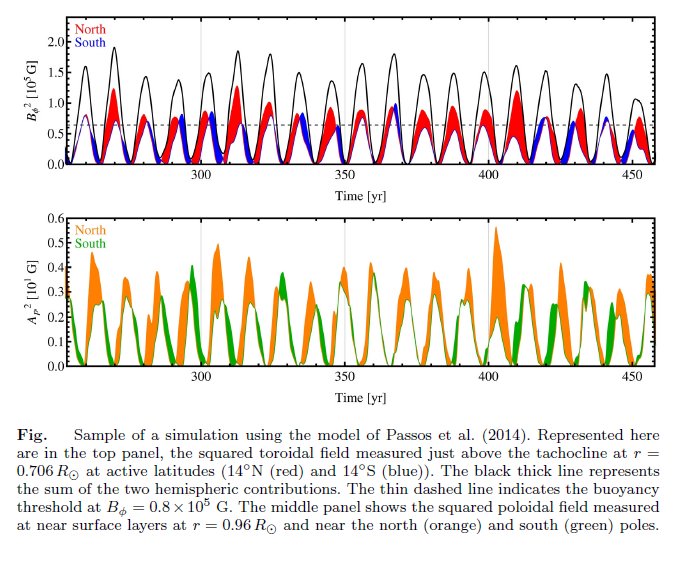Learning about Solar Magnetic Fields
through 3D global Magnetohydrodynamic simulations of solar convection and dynamo action
Currently I'm mainly working with the Solar Physics Group of the University of Montreal in 3D MHD simulations of solar convection using the EULAG-MHD code. Basically we simulate some of the Physics that are taking place in the Sun, using big computers!
I analyze the simulations outputs in order to understand the dynamics associated with the magnetic field, how this field influences the plasma flows (differential rotation, meridional circulation and turbulence) and vice-versa. These simulations are a valuable tool to help us understand the physical processes that are taking place inside our star and that we cannot measure directly through observations.
The solar magnetic field is the origin of Space Weather. It drives the solar wind and its interaction with Earth's magnetosphere causing geomagnetic storms. These storms have the ability to cripple satellites and interrupt global communications, overload power lines causing severe blackouts, induce dangerous electrical currents on ground pipelines, submit high latitude airplane travellers to high doses of radiation and even endanger the life of astronauts. For all these reasons we develop theoretical models that help us understand how the solar magnetic field evolves and try to predict the future levels of solar activity. From the point of view of other stars, stellar magnetic activity is also very important to understand the habitability conditions of exoplanets. Besides the consequences of the dangerous radiation associated with strong stellar magnetic activity, stellar winds also erode planetary atmospheres contributing to its depletion (like it happened on Mars). If you want to learn a bit more about the Sun and its magnetic activity please check my dynamo outreach page (in portuguese). I work mainly in the field of numerical dynamo models. The modelling part consists in implementing computationaly the theoretical equations that explain the physics of magnetic fields creation, the dynamo effect. Since the Sun is made of hot plasma, Magnetohydrodynamics (MHD) paired with Thermodynamics constitute the best theoretical framework to study the origin and evolution of the magnetic field. One of the big questions that we want to answer is how can the convective zone (the highly turbulent outher layers of the Sun) create such a well organized large scale magnetic field that reverses polarity every 11 years. By doing several types of approximations to the MHD equations, we can build dynamo models in 1, 2 and 3 dimensions (depending on its application). 
Why?
Solar Magnetism as a driver of space weather
How?
Modelling the Sun in a computer
 Our Magnetic Sun
Our Magnetic Sun 








.jpg)
.jpg)
.jpg)
.jpg)
.jpg)
.jpg)
.jpg)
.jpg)
.jpg)
.jpg)
.jpg)
.jpg)
.jpg)
.jpg)
.jpg)
.jpg)
.jpg)
.jpg)
.jpg)


